38 bond yield vs coupon rate
Bond Yield Formula | Step by Step Calculation & Examples - WallStreetMojo Suppose a bond has a face value of $1300. And the interest promised to pay (coupon rated) is 6%. Find the bond yield if the bond price is $1600. Face Value = $1300; Coupon Rate = 6%; Bond Price = $1600; Solution: Here we must understand that this calculation completely depends on the annual coupon and bond price. Coupon Rate - Learn How Coupon Rate Affects Bond Pricing The coupon rate represents the actual amount of interest earned by the bondholder annually, while the yield-to-maturity is the estimated total rate of return of a bond, assuming that it is held until maturity. Most investors consider the yield-to-maturity a more important figure than the coupon rate when making investment decisions.
Difference Between Yield to Maturity and Coupon Rate The key difference between yield to maturity and coupon rate is that yield to maturity is the rate of return estimated on a bond if it is held until the maturity date, whereas coupon rate is the amount of annual interest earned by the bondholder, which is expressed as a percentage of the nominal value of the bond. 1. Overview and Key Difference.

Bond yield vs coupon rate
Coupon vs Yield | Top 8 Useful Differences (with Infographics) - EDUCBA Coupon Rate or Nominal Yield = Annual Payments / Face Value of the Bond Current Yield = Annual Payments / Market Value of the Bond Zero-Coupon Bonds are the only bond in which no interim payments occur except at maturity along with its face value. Bond's price is calculated by considering several other factors, including: Bond's face value How are bond yields different from coupon rate? The coupon rate is often different from the yield. A bond's yield is more accurately thought of as the effective rate of return based on the actual market value of the bond. At face value, the... Difference Between Current Yield and Coupon Rate Now the current market price of bonds is $1800, so the current yield can be calculated, which results in the current yield equals to 8.33%. The Current Yield can be equal to the coupon rate in some rare cases when a bond market price gets equal to its face value.. It is higher when the bond market price gets lower than its face value, and it is lower when the bond market price is higher than ...
Bond yield vs coupon rate. TOP 9 what is a bond coupon rate BEST and NEWEST Author: Post date: 9 yesterday Rating: 1 (733 reviews) Highest rating: 5 Low rated: 1 Summary: The coupon rate or yield is the amount that investors can expect to receive in income as they hold the bond. Coupon rates are fixed when the government or … Bond yield vs coupon rate: Why is RBI trying to keep yield down? For example, if the price of the 10-year bond with fave value of Rs 1,000 and coupon rate of 6 per cent falls to Rs 600 in the secondary market, it will still fetch the interest of Rs 60 per year... Difference Between Yield and Coupon A company issues a bond at $1000 par value that has a coupon interest rate of 10%. So to calculate the yield = coupon/price would be (coupon =10% of 1000 = $100), $100/$1000. This bond will carry a yield of 10%. However in a few years' time the bond price will fall to $800. The new yield for the same bond would be ($100/$800) 12.5%. Summary: Coupon vs Yield | Top 5 Differences (with Infographics) - WallStreetMojo coupon refers to the amount which is paid as the return on the investment to the holder of the bond by bond issuer which remains unaffected by the fluctuations in purchase price whereas, yield refers to the interest rate on bond that is calculated on basis of the coupon payment of the bond as well as it current market price assuming bond is held …
Understanding Coupon Rate and Yield to Maturity of Bonds To translate this to quarterly payment, first, multiply the Coupon Rate net of 20% final withholding taxes by the face value (1.900% x 1,000,000). Then, divide the resulting annual amount by 4. Here's a sample of how you can compute your expected coupon income from your bond: Php 4,750.00 is the income you can expect to receive quarterly. Explaining Yields vs Coupon rate of Bonds - Orb52 For example when issuing the bonds, if they are issued at a face value of ₹10,000 and the coupon rate on the bond is 10% then the interest rate that will be paid is ₹1,000. But when the Price of the bond fell to ₹9500, then even in such a situation the interest that will be received is still ₹1,000. Coupon Rate vs Interest Rate | Top 8 Best Differences (with Infographics) For example, consider a bond with a coupon rate of 2% and another bond with a coupon rate of 4%. Keeping all the features the same, bond with a 2% coupon rate will fall more than the bond with a 4% coupon rate. Maturity affects interest rate risk. The longer the bank's maturity, the higher the chances of it being affected by the changes ... Yield to Maturity (YTM) Definition & Example | InvestingAnswers The coupon rate is simply the amount of interest an investor will receive. Also known as nominal yield or the yield from the bond, the coupon rate doesn't change. Simply put, it is the total value of all coupon payments (or the annual interest rate of the security) plus any gain (loss) in value as a percentage of the initial investment.
Coupon Rate Vs. Yield To Maturity (YTM) Bonds - YouTube About Press Copyright Contact us Creators Advertise Developers Terms Privacy Policy & Safety How YouTube works Test new features Press Copyright Contact us Creators ... Bond Prices, Rates, and Yields - Fidelity While you own the bond, the prevailing interest rate rises to 7% and then falls to 3%. 1. The prevailing interest rate is the same as the bond's coupon rate. The price of the bond is 100, meaning that buyers are willing to pay you the full $20,000 for your bond. 2. Prevailing interest rates rise to 7%. Buyers can get around 7% on new bonds, so ... Bond Yield Rate Vs Coupon Rate - TiEcon 2018 A bond's coupon rate is the rate of interest it pays annually, while its yield is the rate of return it normal balance generates. A bond's coupon rate is expressed as a percentage of its par value. The par value is simply the face value of the bond or the value of the bond as stated by the issuing entity. Coupon Rate vs Yield Rate for Bonds | Wall Street Oasis Yield can be different than coupon rates based on the principal price of the bond. If the price is par at time of purchase and you receive par at maturity, then the yield and coupon will be the same. For instance, say a bond at issuance is priced at 100 with 10% coupons. You pay 100 initially and receive 10% coupons over the life of the bond.
Coupon Rate vs Yield for a Bond: Fixed Income 101: Easy Peasy ... - YouTube This video addresses "Coupon Rate vs Yield" for a Bond in a simple, kid-friendly way. PLEASE SUBSCRIBE (It's FREE!): ...
Difference Between Current Yield and Coupon Rate Now the current market price of bonds is $1800, so the current yield can be calculated, which results in the current yield equals to 8.33%. The Current Yield can be equal to the coupon rate in some rare cases when a bond market price gets equal to its face value.. It is higher when the bond market price gets lower than its face value, and it is lower when the bond market price is higher than ...
How are bond yields different from coupon rate? The coupon rate is often different from the yield. A bond's yield is more accurately thought of as the effective rate of return based on the actual market value of the bond. At face value, the...
Coupon vs Yield | Top 8 Useful Differences (with Infographics) - EDUCBA Coupon Rate or Nominal Yield = Annual Payments / Face Value of the Bond Current Yield = Annual Payments / Market Value of the Bond Zero-Coupon Bonds are the only bond in which no interim payments occur except at maturity along with its face value. Bond's price is calculated by considering several other factors, including: Bond's face value
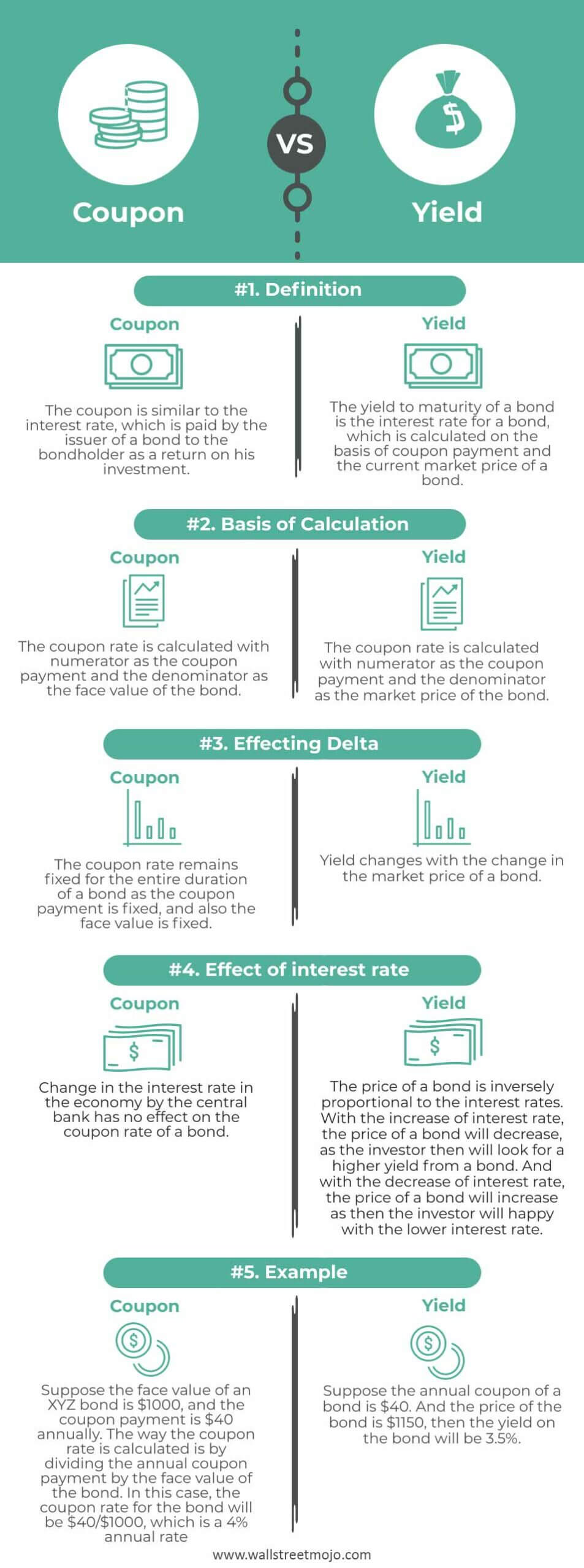
/dotdash_Final_Par_Yield_Curve_Apr_2020-01-3d27bef7ca0c4320ae2a5699fb798f47.jpg)

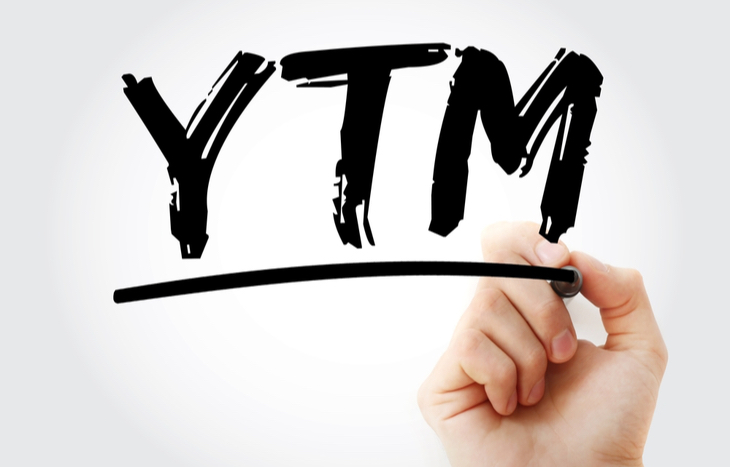
/GettyImages-182832748-af3f3d3824034fdaa66ac937fc2d7a40.jpg)
/dotdash_Final_Current_Yield_vs_Yield_to_Maturity_Nov_2020-01-c4613a2a2029466a960d9e3594841a03.jpg)


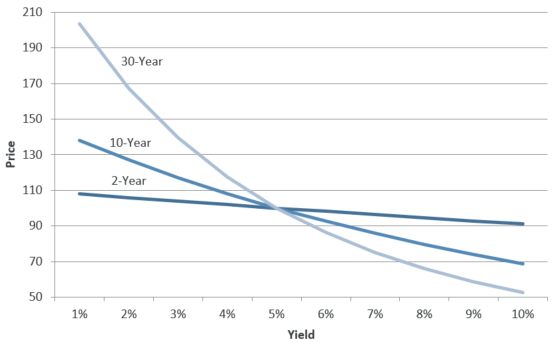

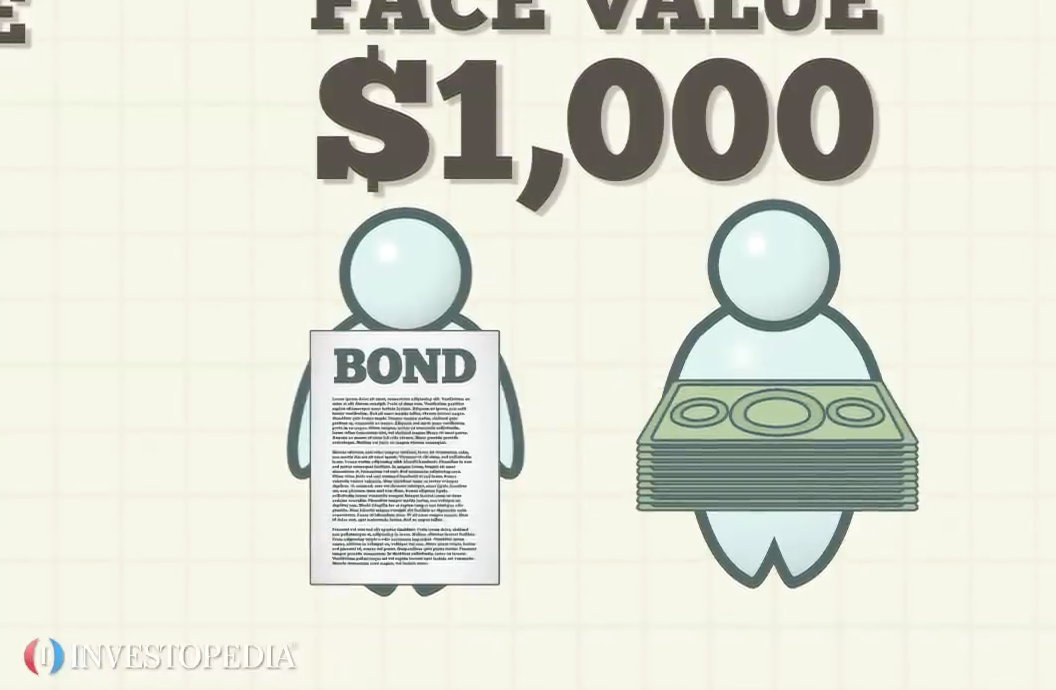
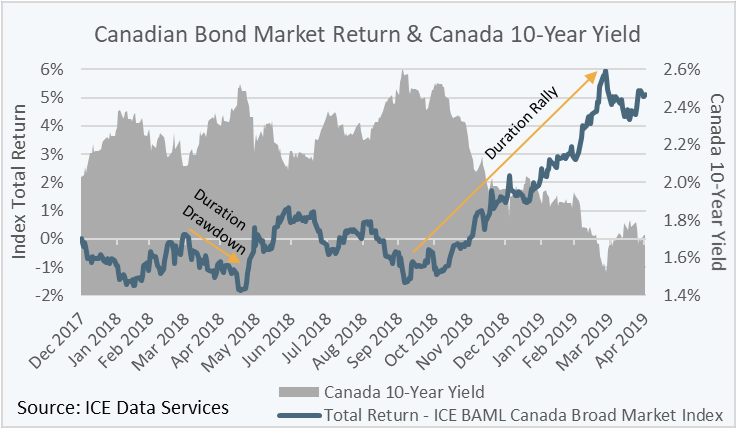
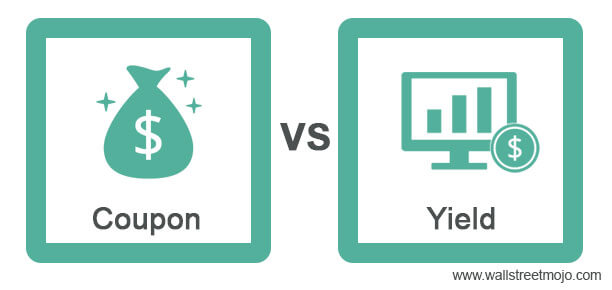



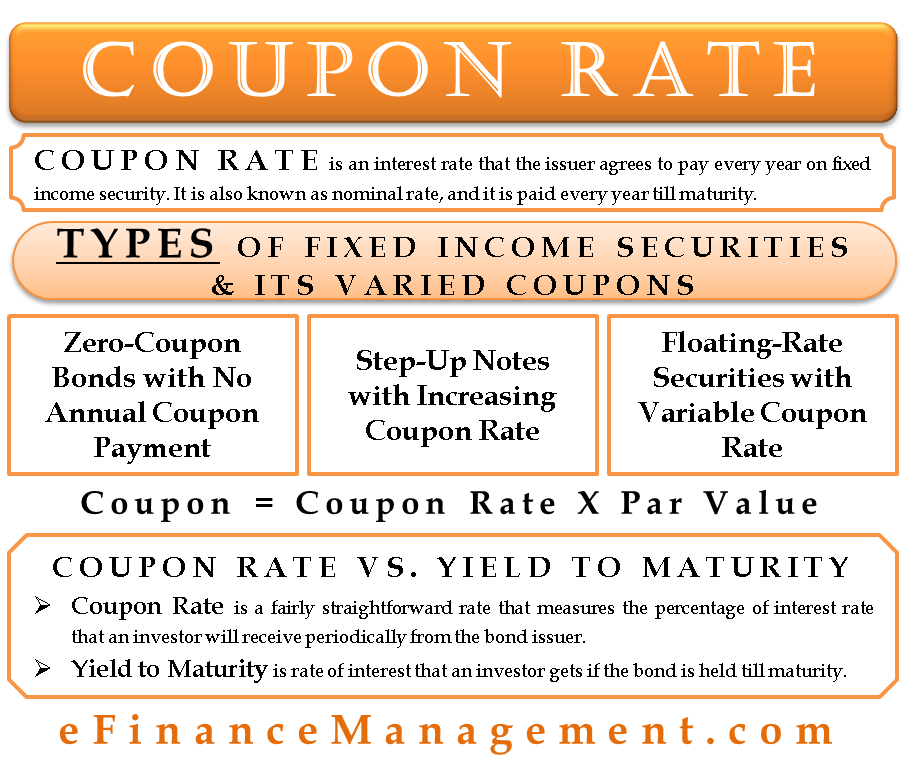


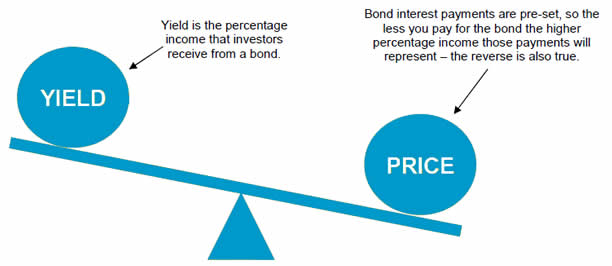
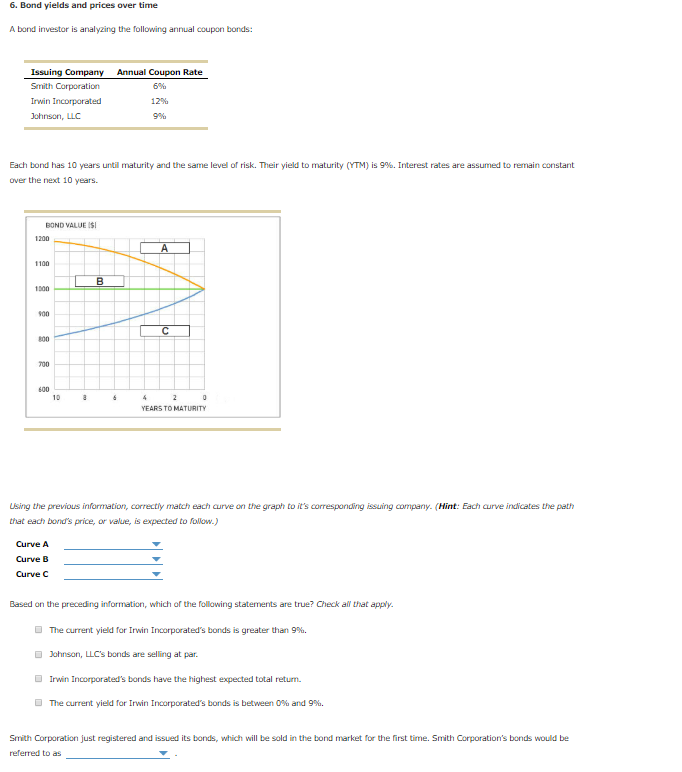
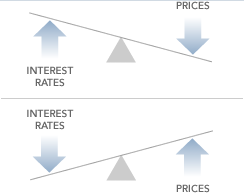
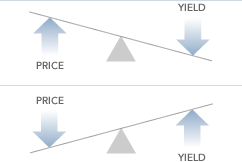


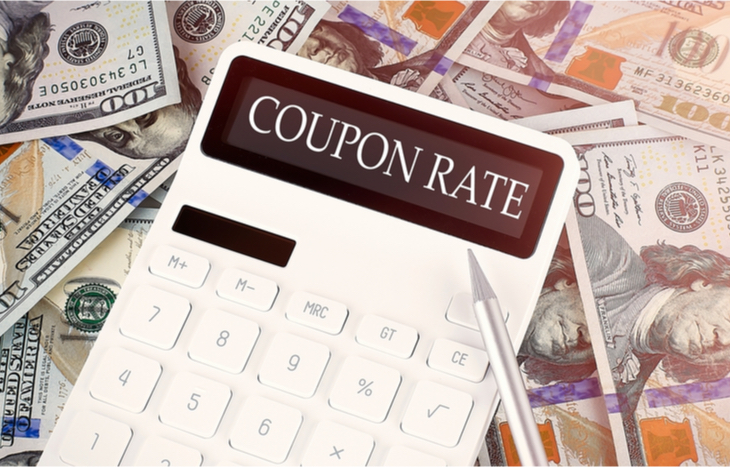
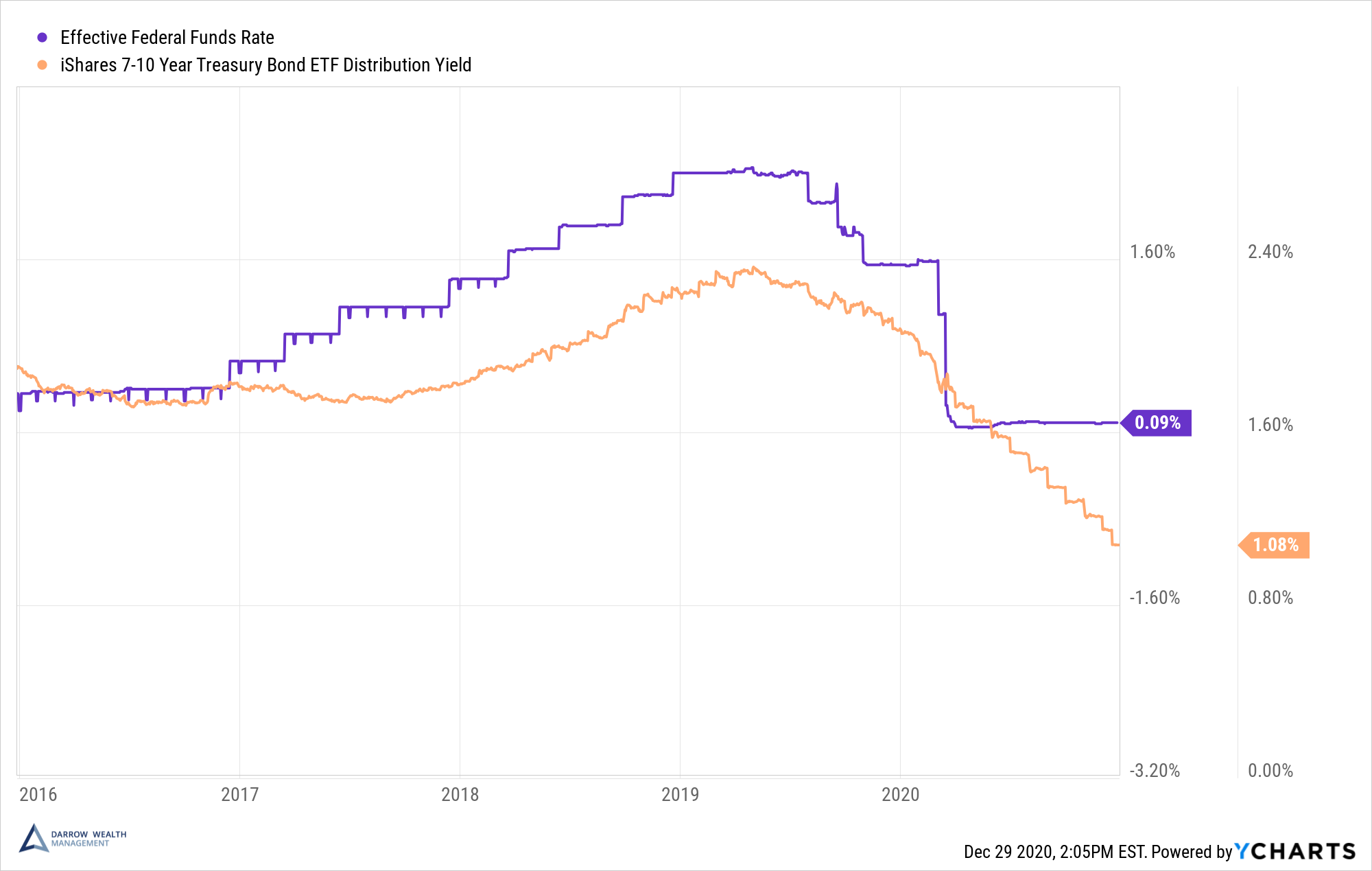




Post a Comment for "38 bond yield vs coupon rate"